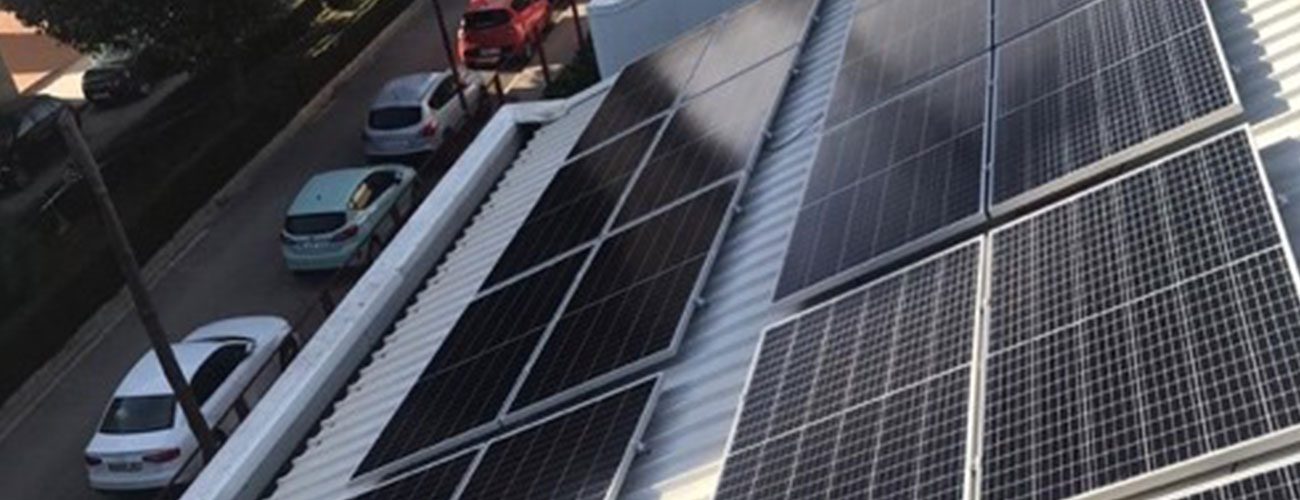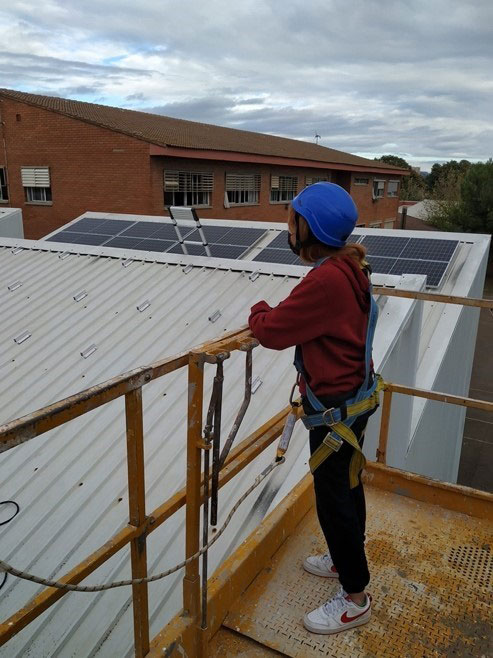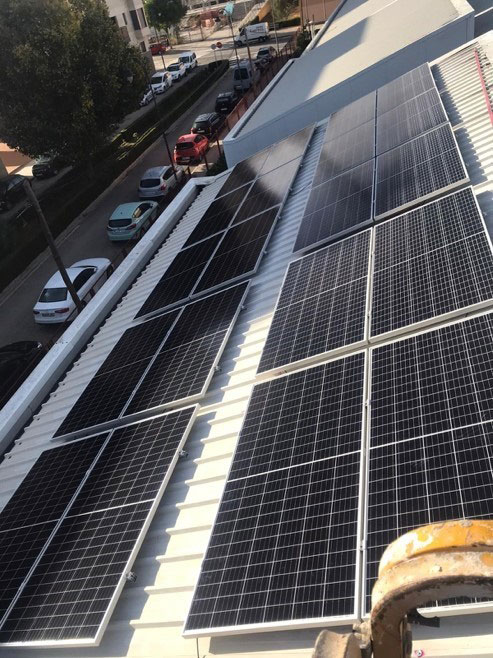What’s the Good Practice about?
The practice aims to develop inclusive and environmentally friendly energy production systems. Therefore, the main goal is to bring renewable energies closer to VET students through multidisciplinary activities and to involve training cycles with female enrolment in this type of activities. Participating students will develop various skills, such as green skills, teamwork, digital, technical and practical skills since it is project based education in on-field installations. Main tasks in the implementing process of the practice include a technology transfer from partners and institutions, the building of a multidisciplinary team, designing and installation of a prototype plant, and the spreading of know-how and forming of conclusions.
Why implementing the Good Practice? What are the special features of the Good Practice?
The main reason for implementing the Good Practice is the adaption to new energy production frame. We want to improve the technical competence of intermediate VET students around solar photovoltaic energy which is possible thanks to the collaboration with companies in that sector. Moreover, we are providing access to and training in start-of-the art equipment, for students or teachers. Our goals are the innovation and integration of new technologies and skills, as well as the promotion of inclusive industry 4.0.
What are the challenges in implementing the Good Practice?
What is the key for success?
The main challenges lie in the curricular design of vocational education and training which seeks to integrate the practice and the results obtained, since it involves modifying or eliminating other aspects equally necessary to promote employability education and training in the economic sustainability of the productive sectors involved. One of the main risks of this good practice, and why many girls stop showing interest in energy training, are stereotypes, gender roles, expectations, and lack of support from their families, teachers and peers, as well as lack of role models and little understanding of the application of energy training in the real world.
It is essential that such projects are being developed collaboratively between vocational training institutions and companies, or other institutions experienced in the field of energy efficiency. In this sense it is also important that the coordination of the same is carried out from one of the vocational training centers and that it takes advantage of the experience and previous training of all the participants making a correct diagnosis of the initial situation and raising achievable objectives. In addition, it is important to contact senior departments at the hierarchical level so that the relevant authorizations are available in the technical development and curricular integration of the same. Measurable criteria for success are the progress of installation developments, amount of people involved, and qualification level achieved.



